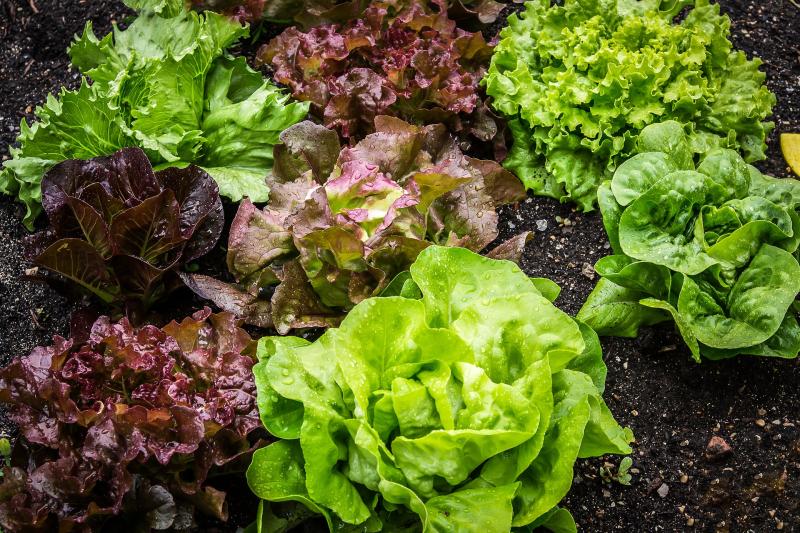
Mix of salad green greens. Images from Pixabay
What’s the best way to harvest your greens, such as lettuce, spinach, and Swiss chard? Before starting, remember these harvest tips.
- Small leaves are tasty and tender. Over mature greens often become bitter.
- Harvest mid-morning after the dew has dried but before the hot sun comes out. Harvesting leaves dry lengthens their storage potential. Harvesting before the day gets hot minimizes the chance of wilted greens.
- Make a final harvest cut, removing entire plants, when flower stalks begin to form. Leaf quality and flavor declines rapidly once plants begin to bloom.
- Reseed new plants as needed to ensure season-long harvest.
The “cut and come again” harvesting method works well for leaf lettuce and many other types of greens. Use scissors or a harvest knife to cut entire plants down close to the soil. Plants will send up new leaves from the base and can be harvested again in about 3 to 4 weeks. Sometimes it is possible to get a third cutting, too.
The thinning method can be used with any greens, except crisphead lettuce. You can start thinning when plants are only a few inches tall. Digging or pulling out entire plants results in natural thinning of plants in a row, creating more space for the remaining plants to grow. Cut leaves from the plant’s crown for use.
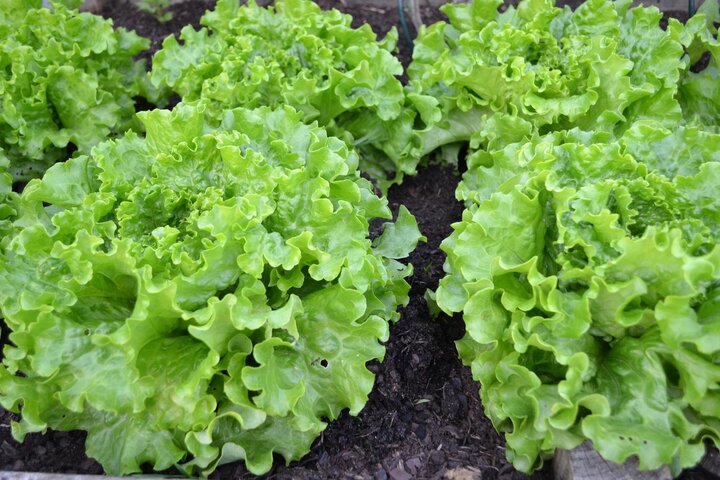
Salad Greens
Leaf lettuce can be harvested as soon as plants are 4-5 inches tall. Remove a few older, outer leaves, which contain high levels of calcium, from several plants. Plant crowns will continue to produce new leaves from the center of the head. Or use the “cut and come again” or thinning method.

Butterhead lettuce is mature when the leaves begin to cup inward to form a loose head. Heads of butterhead lettuce will never become as compact as those of crisphead lettuce, like iceberg. Harvest as for leaf lettuce by removing a few of the older, outer leaves from several plants, leaving the rest of the crown to continue growing. Or use the thinning method.
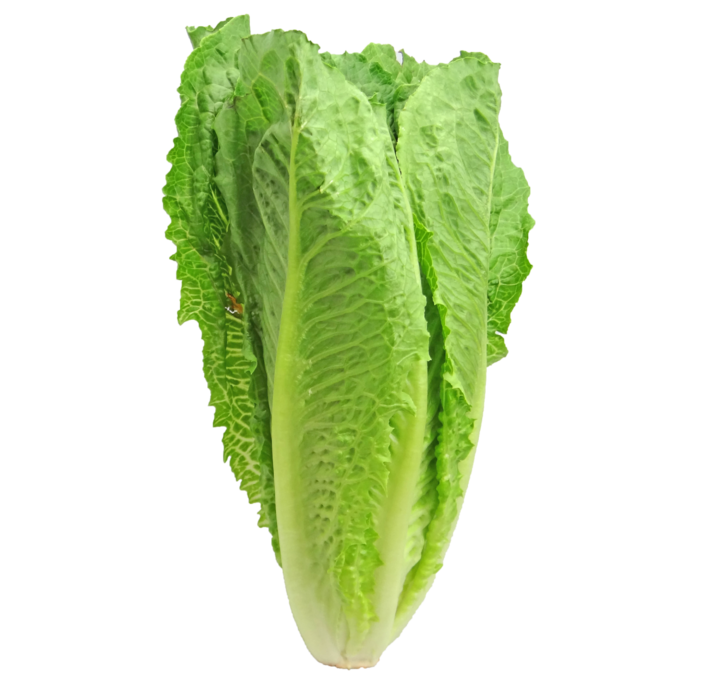
Crisphead lettuce is matured when leaves overlap to form a head similar to those available in grocery stores. The heads should be firm and compact. Harvest by cutting the stem beneath the head.
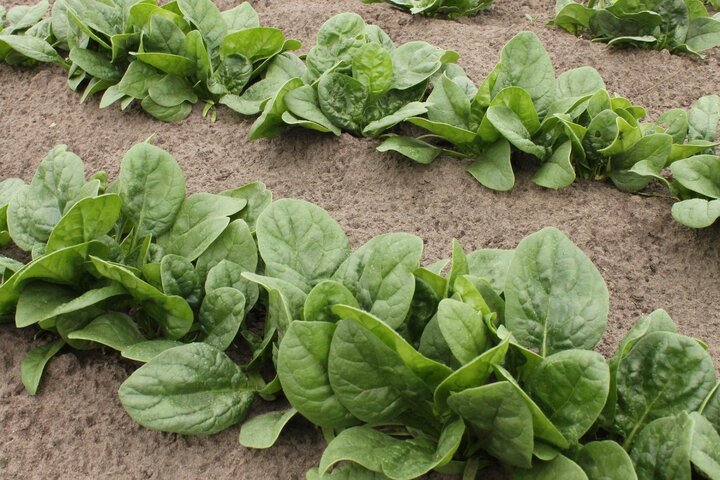
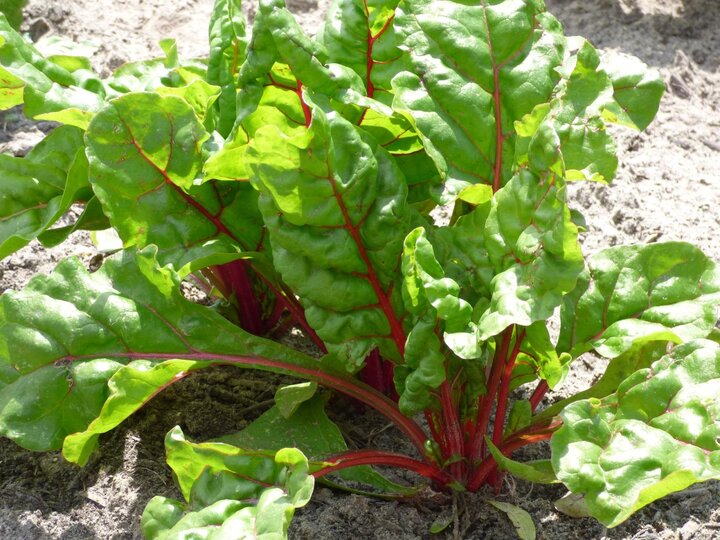
Storing Greens
Use your greens right away or store them in the refrigerator to keep them fresh. Greens will keep about two weeks in the refrigerator, especially if the leaves are dry before they are bagged and refrigerated.
If the greens are going to be stored, harvest them when they are dry and don’t wash them. For head lettuces, remove any outer leaves that are damaged and discard them. Place the greens in a plastic bag and store them in the crisper drawer of your refrigerator until use. Ideally your refrigerator provides approximately 95% humidity and cool temperatures around 35° to 40° F degrees. Wash your greens right before using.
Images from Pixabay.